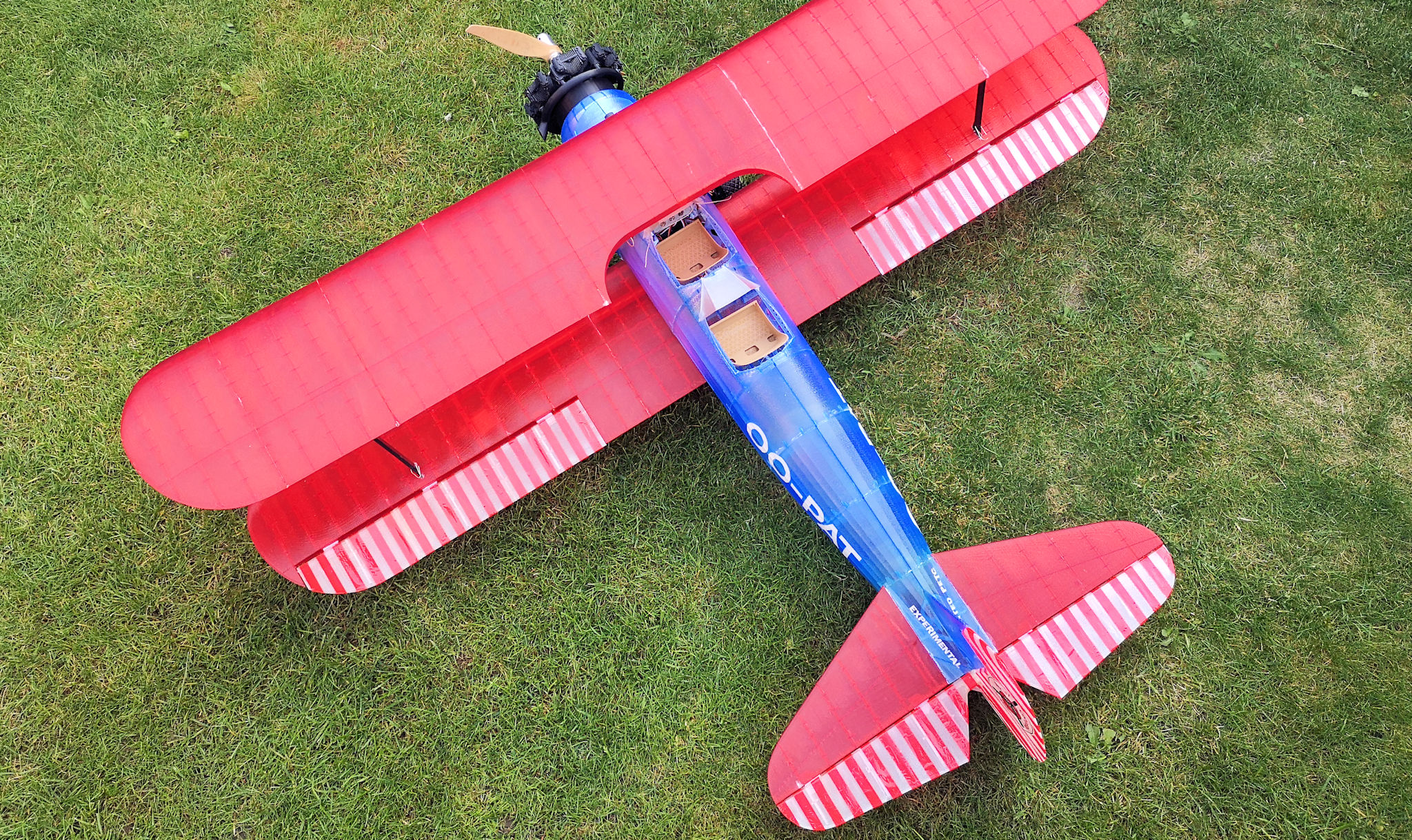

This tells the software that if it encounters a thin wall that cannot be printed with normal perimeters, it can try to print that wall by creating a separate extrusion for the thin shape.

However, for very thin features like our turbine blades, we want to change this option to “Allow single extrusion walls”. This is a great default setting for regular sized prints where you want to maintain structural integrity in the part. This means that the software will try to print the exterior walls of your model using only perimeters.

By default, the “External Thin Wall Type” is set to “Perimeters only”. If you click “Edit Process Settings” and then navigate to the Advanced tab, you will see an entire section dedicated to thin wall behavior. By default Simplif圓D will not print features that are smaller than your extrusion width, however, the software gives you full control to customize this behavior. This means that the blades of our turbine wheel are actually smaller than the nozzle that we are printing them with! Because of this, if you click “Prepare to Print” in Simplif圓D, you will notice that the blades are missing from the preview.

If you click “Edit Process Settings”, you can see that the default settings that were included in the factory file use a nozzle diameter of 0.4mm. The model contains several very narrow blades that are only about 0.35mm thick. We will look at each of these wall types separately so that you understand how to configure Simplif圓D for each scenario.ĭownload the factory file that we provided for the Turbine Wheel and open this file in Simplif圓D. If you were printing a 1.0mm wide wall with a 0.4mm nozzle, there may be a small internal gap between the perimeters on either side of the wall. Internal thin walls are small voids or gaps that may appear on the inside of your model. For example, if your nozzle was 0.4mm wide and you were printing a wall that was only 0.2mm thick, this would be an external thin wall. External thin walls are very thin features that are visible from the outside of the model. Click here to download the factory file so that you can follow along.įor the purpose of this article, we are going to separate these thin features into 2 categories – external and internal. We have set up a factory file that contains this model along with the initial settings for this tutorial. This model contains several thin, tapering blades that connect to a narrow hub in the center of the model. For this tutorial, we are going to use the “Toy Open Water Turbine” model by user Non-ICE. So regardless of what type of models you are printing, it can be useful to learn about these special features. Many parts also contain sharp or tapering edges that could produce very thin extrusions. For example, a large part may still contain thin walls within the model itself. First of all, it’s important to understand that even large models can have difficulty with small features.


 0 kommentar(er)
0 kommentar(er)
